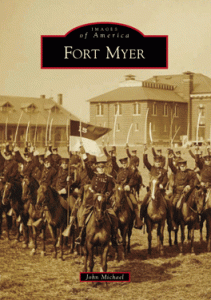
CAMP CODY ? YES! named after Buffalo Bill Cody and it was another remount substation, Auxiliary Remount Depot No. 326 in New Mexico near the Mexican border.
FORMATION COMPETITIONS
In World War I, the United States mobilized over 4.7 million men to help win the war. The build-up of troops resulted in camps, cantonments, and forts being built across the country. To keep the troops engaged and occupied during their free time several different activities were conducted some of which brought on the creative and competitive spirits … one of them was formation competitions, where the troops would assemble in various images (statue of liberty, American colors, horse heads, and more.) Below are two examples of those produced by the troops from Camp Cody which garrisoned the 34th Infantry Division
Red Bull –
A History of the 34th Infantry Division in World War II:
Volume 1: From Mobilization to Victory in Tunisia
Hardcover – February 24, 2022
by Robert Noel Stokes Jr (Author)
ABOUT THE BOOK
The story of the US Army National Guard’s 34th “Red Bull” Infantry Division from mobilization through to their bitter but victorious fight at Hill 609 in Tunisia.
The US Army National Guard’s 34th ‘Red Bull’ Infantry Division was mobilized against the complex backdrop of the United States’ lack of readiness for modern war before the Japanese attack on Pearl Harbor. After training, the 34th ID would be deployed in early 1942 to the United Kingdom as the first US division sent overseas, before participating in Operation TORCH and the capture of Algiers. Shocking engagements with Axis forces led to early traumatic defeats in Tunisia, battles that ultimately transformed the division’s men into the killer soldiers they needed to become. Their mettle would be tested when they won the bitter fight at Hill 609, where the Red Bull broke the Axis defensive line in Tunisia, resulting in the destruction of two Axis armies and the Allied conquest of the North African shore.
For the first time, almost 80 years after Nazi forces in Italy surrendered to the Allies, the complete story of the US Army National Guard’s 34th “Red Bull” Infantry Division during WWII is finally told. The Division comes to life through a narrative based on original papers, declassified documents, and personal accounts of the soldiers themselves as they changed from green troops to veteran destroyers of the Third Reich. With constant focus on what happened to the men on the battle line, this book vividly sets forth major battles and little-known events of the Red Bull’s brutal introduction to war and its heroic metamorphosis into an effective combat organization, within the context of Allied strategy and leadership.
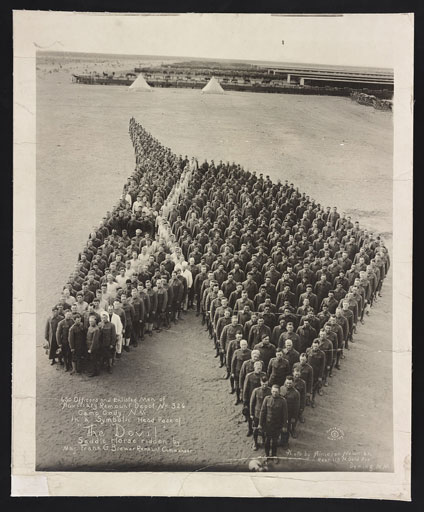
650 officers and enlisted men of Auxiliary Remount Depot No. 326, Camp Cody, N.M., in a symbolic head pose of “The Devil” saddle horse ridden by Maj. Frank G. Brewer, remount commander / Photo by Almeron Newman, Rear 115 N. Gold Ave., Deming, N.M.
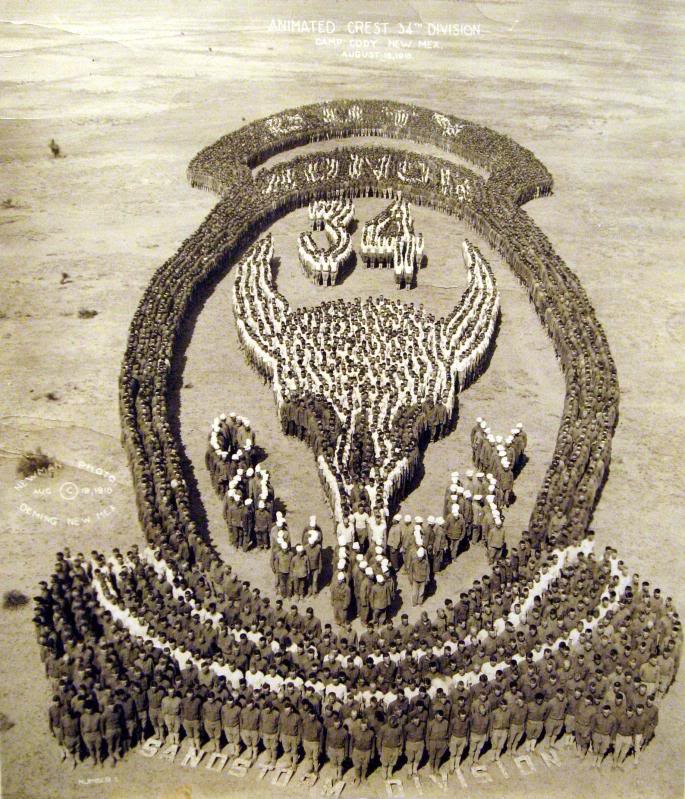
Human animated crest of 34th “Sandstorm” Division, U.S. Army, Camp Cody, Deming, New Mexico, USA
SCENES OF THE GARRISON
Another reason for the existence of Camp Cody was the fear of invasion from Mexico. The 34th Division, nicknamed “The Sandstorm Division” consisted of 30,000 troops garrisoned at Camp Cody. their presence required a substantial infrastructure to support that number of troops. it was necessary to build 120 mess houses and 1,200 bathhouses. Each regiment had its own office building and it took 11 large warehouses to store all the supplies needed for the Division. A large hospital was needed and stayed in use long after the war ended.

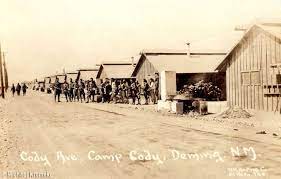
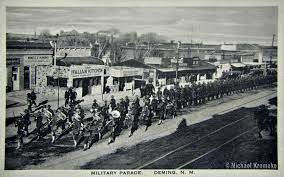
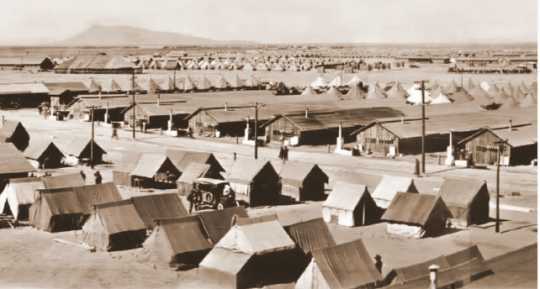
BUY THE BOOK
Images of America – Fort Myer is a pictorial chronicle of the first one hundred years of history containing over two hundred photographs, maps, and images. Beginning in the 1860s and carrying through the 1960s it provides a view of what was over time.
of what was over time.
An autographed copy of the book can be purchased at BUY THE BOOK.

